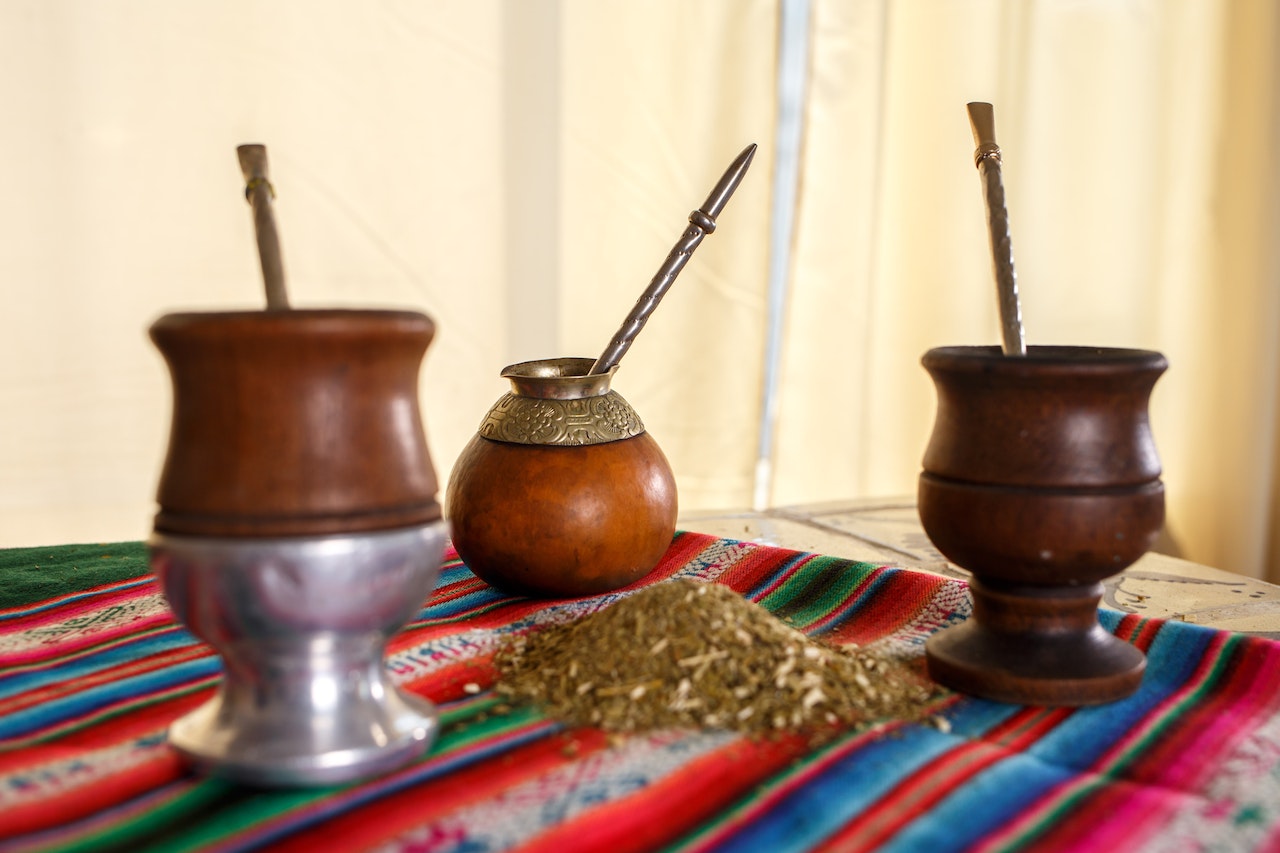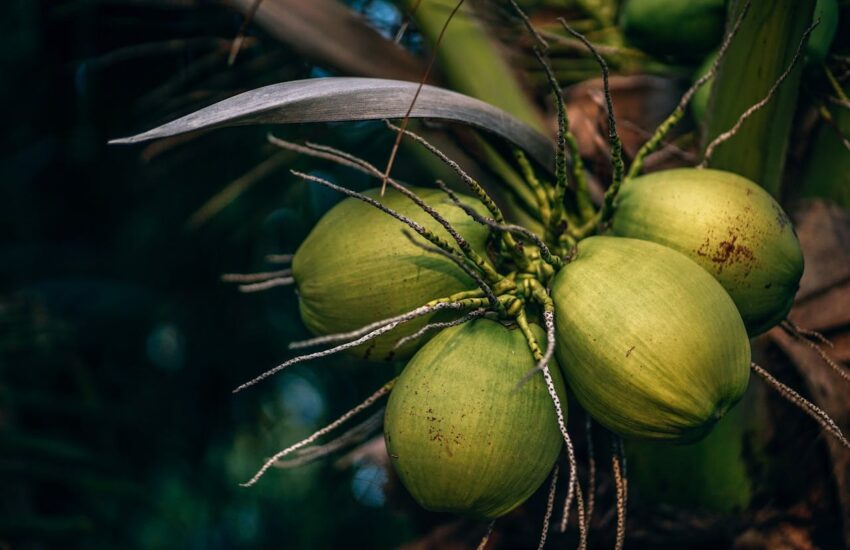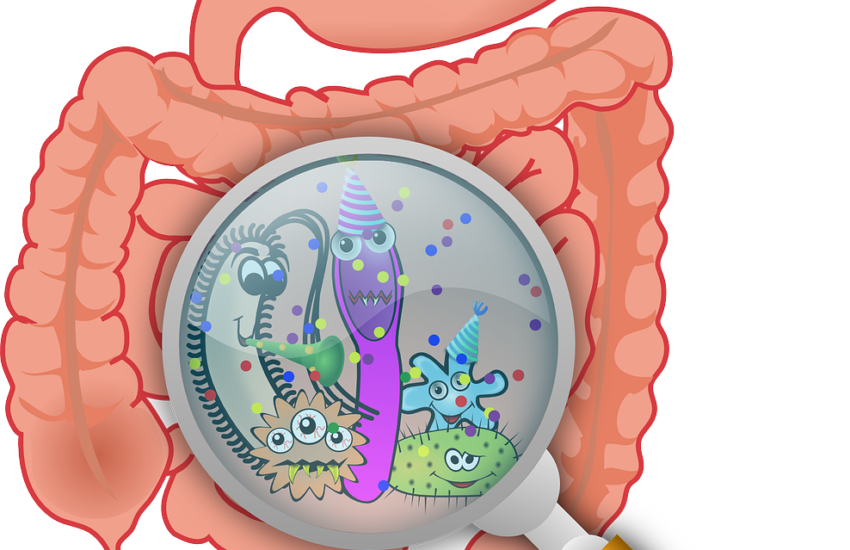Good News for People Who Love Caffeine
You might be surprised to know there’s a good amount of research indicating positive associations with caffeine.
Then again, there’s also a quite a bit of research highlighting the negative impact of caffeine.
It’s frustrating when you’re getting conflicting information like that, isn’t it?
That’s like the IRS telling you they have “good news” for you when they say you’ve over-payed your taxes…Huh?
But for all the confusion, there is one thing we can say for certain.
If you’re a tea drinker who hasn’t yet discovered Yerba Mate, you’re in for a special treat.
Yerba Mate is a popular South American tea renowned for its ability to give you a pleasant “stimulated buzz” without causing the typical feelings of anxiety and subsequent crash associated with most caffeinated beverages.
Yerba Mate is prepared by taking the twigs and leaves of the Yerba Mate plant and then placing them inside of a gourd.
Looks like this.

Weird looking guy, huh? Looks like a baby squash cup (because it is…)
Hot water is then added into the gourd and allowed to steep for several minutes.
It’s then sipped through a metal straw with an attached filter (to keep loose twigs and leaves out of your mouth).
The taste is described as grassy, or ‘herbally’, similar to green tea.
And, much like green tea, Yerba Mate is loaded with a wide variety of cancer-fighting, health-inducing vitamins, minerals and antioxidants.
Mate is known to be high in B-vitamins, Vitamin C, as well as containing minerals like manganese, potassium, and zinc, and the antioxidants quercetin, theobromine, and theophylline.
And, as the title referenced, it also contains caffeine.
I’ll suspend any judgement on whether or not caffeine is good or bad right now.
I’d rather focus on the good news.
What I want to call attention to is one of the little known ingredients inside of Yerba Mate.
Mark Sisson of Mark’s Daily Apple does a great job of explaining the exciting properties of Yerba Mate to his readers, so I wanted to share what he had to say.
But the big draw for most yerba mate enthusiasts is the promise of a “clean” caffeine-like buzz, free of jitters and unpleasantness, which yerba mate is said to provide. Drinkers report being in control of their wakefulness; they can stay up for hours, alert and on their game, but sleep is always right around the corner – if they want it. Basically, yerba mate is supposed to give you energy without the negative side effects. A common claim is that yerba mate is actually completely free of caffeine and that its stimulating effects come from a mysterious compound called mateine. Mateine, they say, is a stereoisomer of caffeine, thus giving it the stimulating qualities with none of the downfalls.
Mateine is actually caffeine. It’s just a synonym, possibly derived from the word “mate” itself. In fact, the caffeine content of dry mate leaves is similar to that of dried coffee beans and tea leaves (though brewed yerba mate tends to have lower levels). How do we then explain away all the anecdotal evidence of jitter-free wakefulness?
Well, there’s more to yerba mate than just caffeine/mateine. Take theobromine, for example. Theobromine, best known for being the primary alkaloid in cacao and highly toxic to dogs, exerts a smoother, longer-lasting stimulatory effect. Whereas caffeine is a vasoconstrictor, theobromine is an effective vasodilator, relaxing the smooth muscle in blood vessels and allowing better blood flow. It’s present in varying amountsin each variety of yerba mate, some with caffeine/theobromine ratios of 10:1 and others with ratios of 2:1, and can actually lower blood pressure in hypertensive individuals. Pure caffeine has the tendency to increase blood pressure. It’s plausible, then, that various ratios of theobromine and caffeine have different effects paired together than either do alone.
That’s a little bit of good news for people who love caffeine.
Now, if you’re a coffee addict, I might try and persuade you to try Yerba Mate out.
Now, I do have to mention there are a few weak correlations between the consumption of Yerba Mate and cancer.
I wouldn’t recommend anything I think is dangerous, so I’d like to explore that a little bit before I sign off.
The studies in question were conducted in South America amongst Yerba Mate drinkers.
These epidemiological studies seemed to highlight a risk for the Mate drinkers. What the studies were likely noticing was the positive association between the consumption of hot beverages and esophageal cancer.
If you’re worried about it, then you can try drinking Yerba Mate after it’s cooled.
There are other loose associations with Mate and cancer, but these again are quite weak and are generally unproven.
If you feel like avoiding Mate based on those findings, I don’t blame you.
But a glass here and there won’t be harmful.
And, if you’d like to gain the benefits theobromine provides, you can do so (safely) by eating more pure dark chocolate or raw cocoa beans.
All in all, if you’re a fan of caffeine and want to change things up, Mate might be just what you need.
Talk soon,
Dr. Wiggy
www.HealthAsItOughtToBe.com


